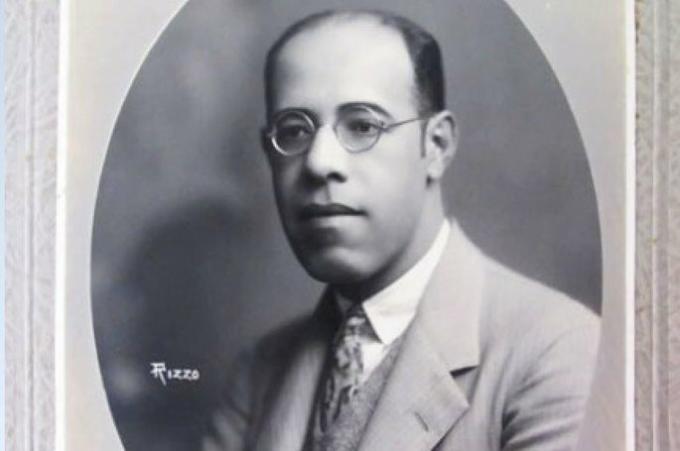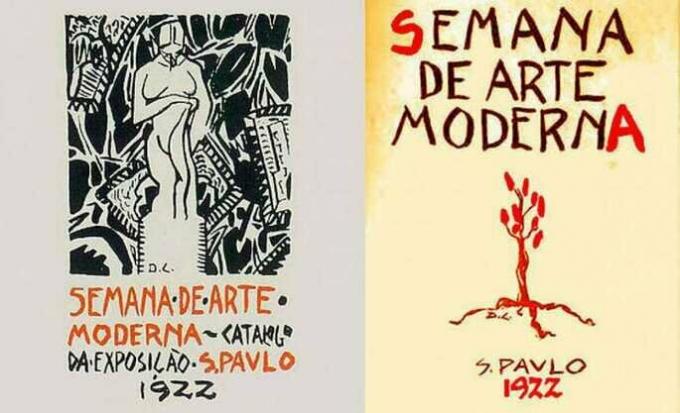Rafael Sanzio (1483-1520) was one of the most important artists of the Renaissance period. He was known only by his first name and was also called “the prince of painters”.
Along with Michelangelo and Leonardo Da Vinci, Rafael is part of the famous triad of the most prominent artists of the Italian Renaissance, a period that took place between the 14th and 16th centuries and was marked by several political, economic and cultural transformations throughout the Europe.
Rafael Sanzio's Biography

Rafaello Sanzio (also called Rafael Sanzio de Urbino, Raffaello de Urbino or Raffaello Santi), came into the world on April 6, 1483, in the city of Urbino, Italy. His birthplace was one of the important cultural centers of the time.
Son of the artist Giovanni Santi (1435-1494), who was a painter at the Court of Urbino, Rafael started his artistic career very early. His father was his biggest supporter, making him arouse interest in the field of arts.
He worked as an apprentice in the atelier of the artist Pietro Perugino (1450-1523). During this period, Rafael acquired great knowledge of the techniques of Fresco and Mural Paintings.
Given his brilliance and genius, already in adolescence he was considered a Master. He came to live in the Italian city of Siena, being very influential during the period.
He spent a period of his life residing in Florence, considered the birthplace of the renaissance. There, he was a Master of Painting and Architecture at the city's School of Arts. That's when he received great influence from other masters of Renaissance painting: Michelangelo and Leonardo da Vinci.
Rafael was an influential personality of the time, admired by the aristocracy and the Court. At one point he moved to Rome at the invitation of Pope Julius II. In this place, he remained until his death.
In Vatican City, he carried out a series of works for the Church and, even with the Pope's death, continued to work for his successor, Pope Leo X.
In addition, he was chosen to be the architect of the new St. Peter's Basilica in Rome and, through his studies on preservation, made an archaeological map of the city.
Interestingly, he died on April 6, 1520, in the Italian capital, Rome. The date coincided with the day he would turn 37 years old. At his will, he was buried in the pantheon of Rome.
Do you want to know more about the historical context in which Rafael lived? read:
- Renaissance: Characteristics and Historical Context
- Renaissance Phases
- cultural renaissance
Characteristics of Raphael's Painting
Despite living for only 37 years, Rafael was certainly one of the most influential artists of the Renaissance, as well as one of the greatest artists in humanity.
He worked during his life as a painter, draftsman and architect. In their production they integrate several works, such as: frescoes, murals, paintings, architectural projects, etc. These days, such works can be found in many churches and museums around the world.
Ruled on renaissance humanism, his work absorbs aspects of the classic ideas of beauty, highlighting the characteristics:
- delicacy and smoothness;
- perfection of forms;
- harmony;
- regularity of shapes and colors;
- feeling of order and security;
- composition in large and bright spaces;
- balance in symmetry;
- clear and simple expression, without excesses.
Raphael's Main Works
The elements described above can be seen in the following works:
1. The Wedding of the Virgin (1504)

2. Madonna and Child Twisted with Saints (1505)
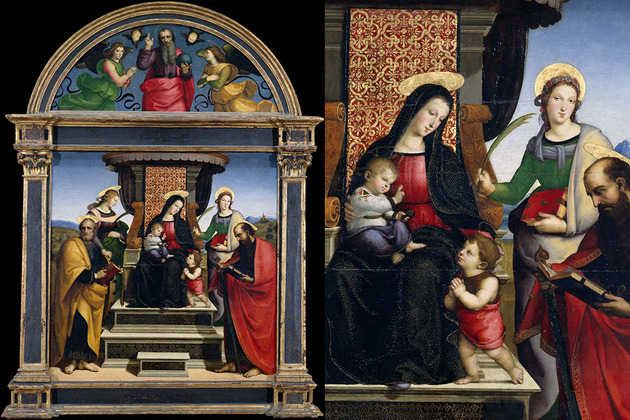
3. The Deposition of Christ (1507)
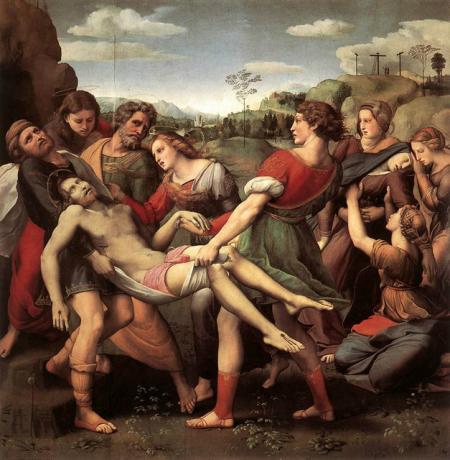
4. Madonna Esterházy (1508)

5. The Beautiful Gardener (1508)
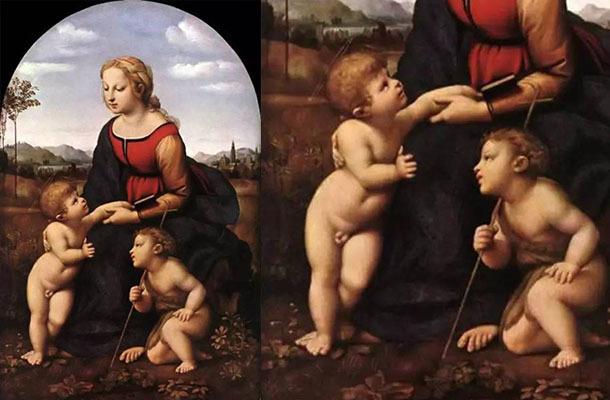
6. The School of Athens (1509-1511)

7. Transfiguration (1520)
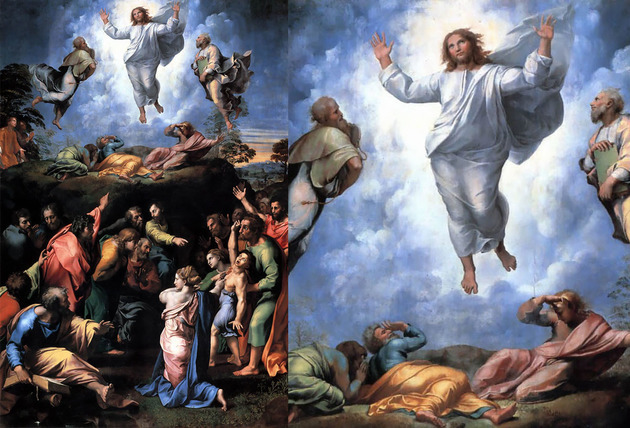
To learn about the life and work of other painters who lived in the Renaissance, read:
- Renaissance Artists
- Michelangelo
- Adam's Creation: Analysis of Michelangelo's Work
- Leonardo da Vinci
- Donatello
- Sandro Botticelli
- Filippo Brunelleschi

